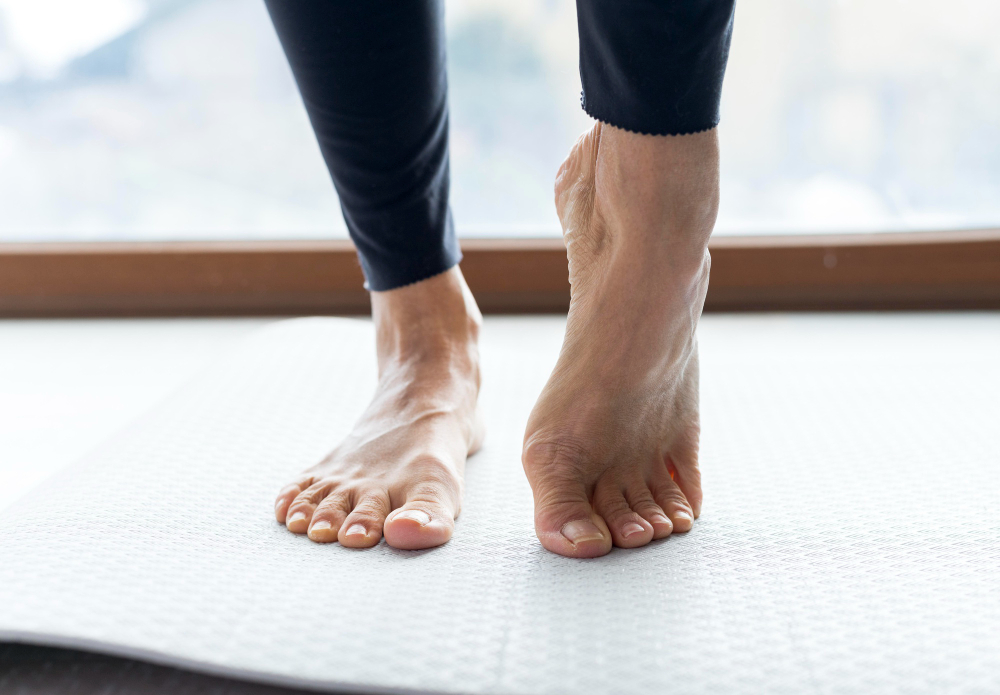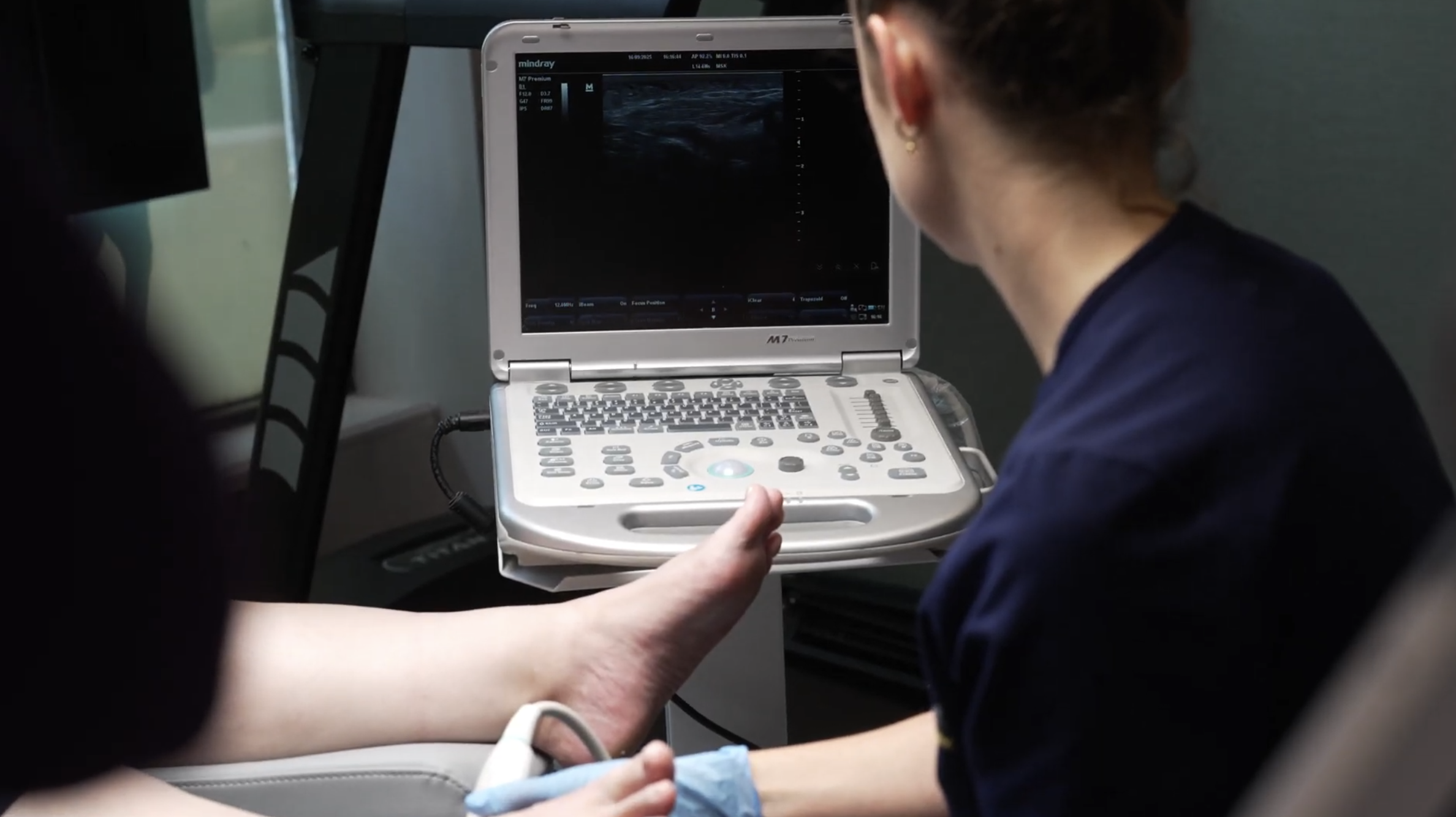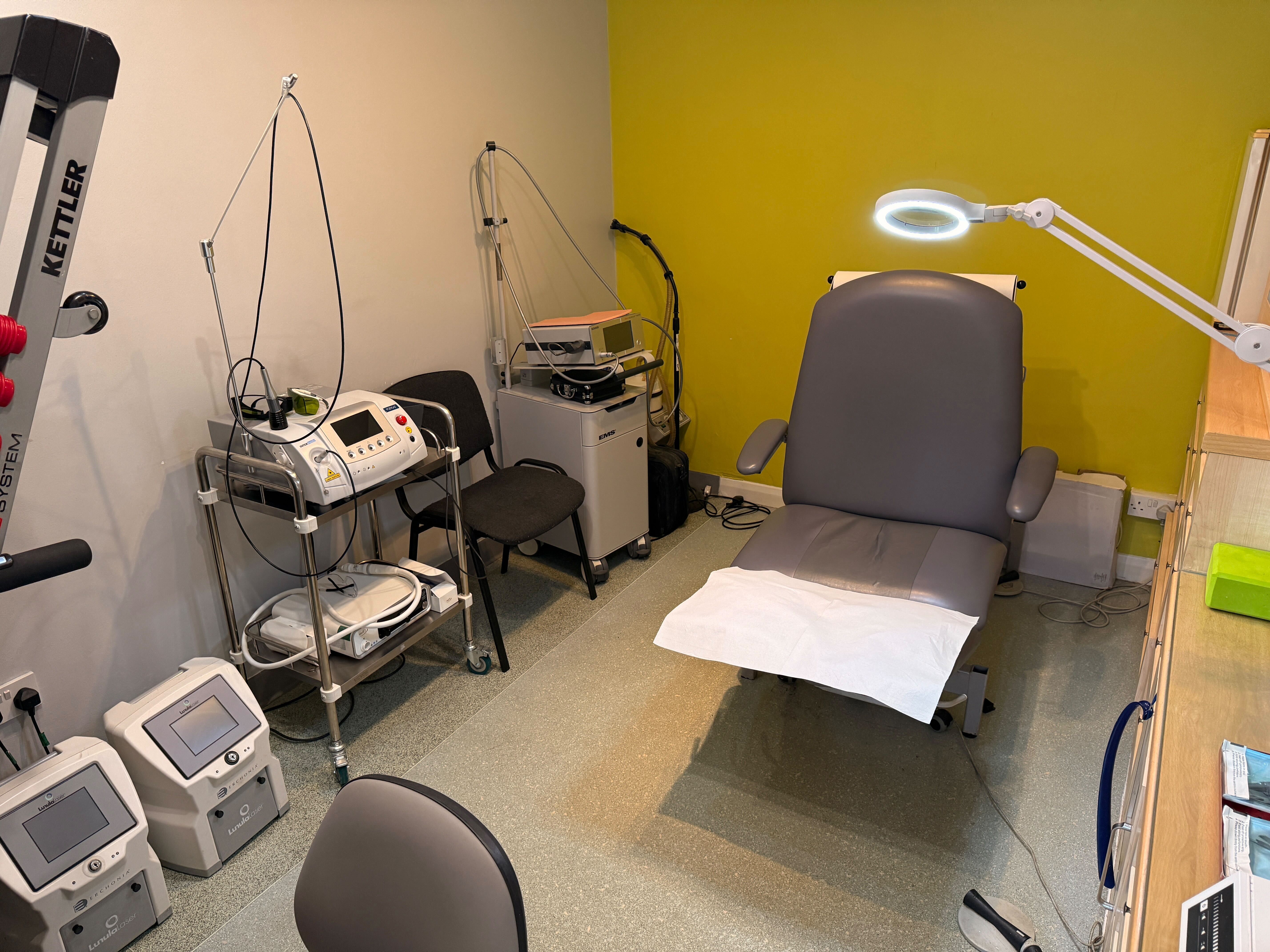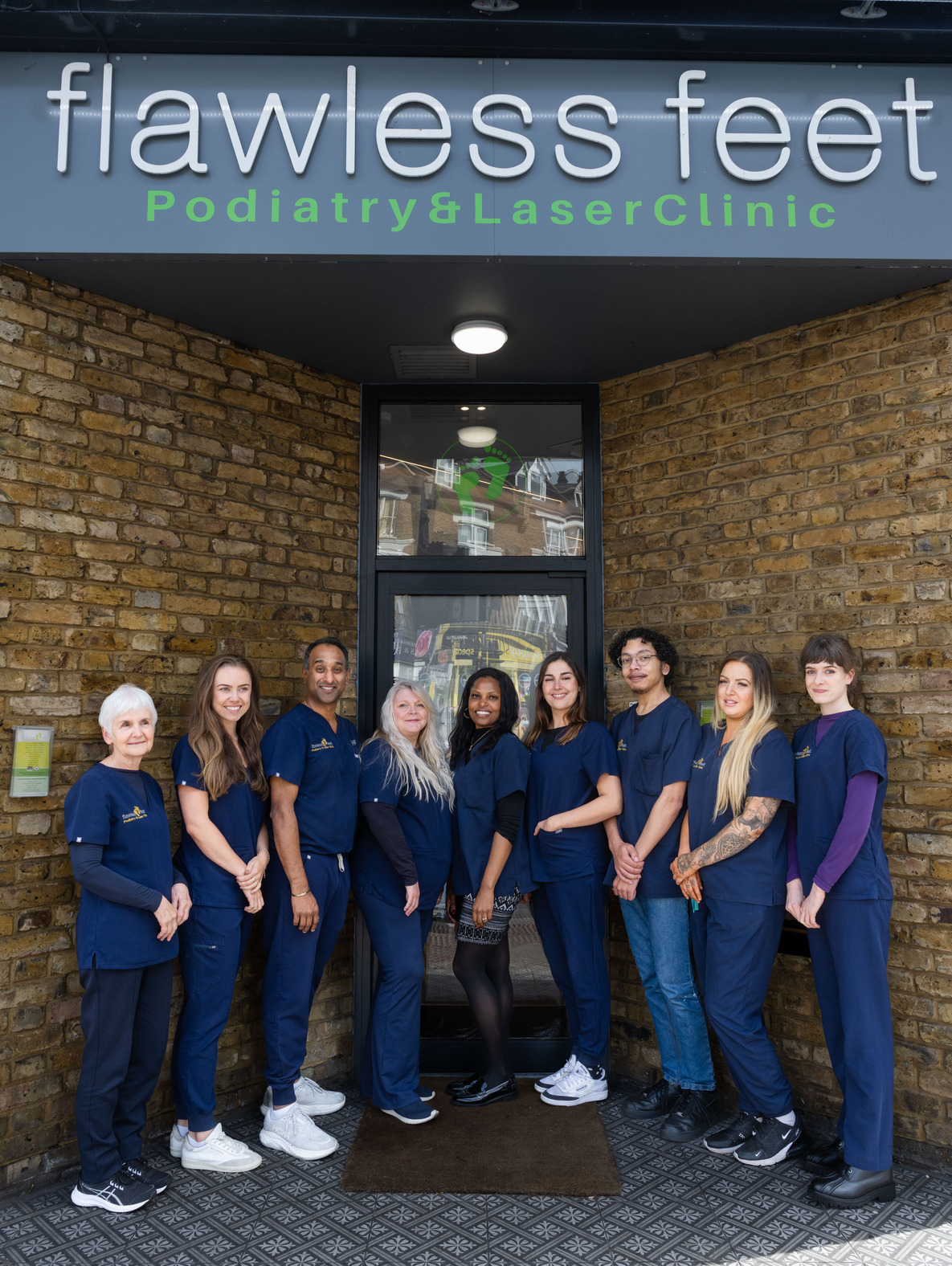Flat Foot (Adult Acquired Flat Foot) – Symptoms, Causes & Treatments
Trusted Podiatry and Chiropodists in London
Flat foot, also known as adult acquired flat foot, is often caused by posterior tibial tendon dysfunction (PTTD). This condition involves the progressive flattening of the foot arch and the inward rolling (pronation) of the ankle, typically due to the weakening or overuse of the posterior tibial tendon—a key structure responsible for supporting the arch of the foot.
At Flawless Feet Podiatry & Laser Clinic in London, we specialise in diagnosing and treating flat foot conditions using
evidence-based, non-invasive treatments that help prevent long-term foot deformities and restore mobility.


What is Posterior Tibial Tendon Dysfunction (PTTD)?
PTTD refers to the malfunction or degeneration of the posterior tibial tendon, often due to overuse, biomechanical issues, injury, or general wear and tear. As the tendon weakens, it loses its ability to support the foot's arch, causing it to collapse gradually.
Once thought to affect mainly the elderly, this condition is now more common among younger individuals who are overweight, wear unsupportive footwear, or participate in high-impact activities.
Risk Factors for Flat Foot and PTTD
Several factors can lead to the development of bunions, including:
-
Genetic predisposition – If bunions run in your family, your foot structure may be more susceptible.
-
Poor foot mechanics – Overpronation or flat feet can place excess pressure on the toe joint.
-
Improper footwear – Narrow, tight, or high-heeled shoes that compress the toes can contribute to bunion formation.
-
Injury or trauma – Foot injuries can disrupt joint alignment and function.
-
Medical conditions – Conditions like arthritis, cerebral palsy, or peripheral neuropathy can affect foot structure and
joint health.
- Repetitive strain – Activities such as ballet, gymnastics, or yoga can place repeated stress on the toes and forefoot.
Bunions are not caused overnight—they gradually worsen with continued pressure and poor foot alignment, making early intervention crucial.


Risk Factors for Flat Foot and PTTD
-
Pre-existing flat foot
-
Foot or ankle injuries
-
Multiple pregnancies
-
Hypermobility (loose ligaments)
-
Age over 40
-
Obesity
-
Diabetes or hypertension
-
Participation in high-impact sports
- Poor footwear (e.g., slippers or unsupportive shoes)
Common Symptoms of Flat Foot
Flat foot symptoms can progress over time and may include:
-
Pain and tenderness on the inside of the foot and ankle
-
Swelling in the ankle or foot (may or may not be visible)
-
Pain that worsens during physical activities like walking or running
-
Progressive flattening of the foot arch
-
Pain in the ankle due to joint compression
- Tingling or numbness due to nerve irritation along the inside of the foot


How is Flat Foot Diagnosed?
At Flawless Feet Podiatry & Laser Clinic, your podiatrist will:
-
Assess your walking (gait analysis)
-
Examine your foot posture and joint range of motion
- Test muscle strength and foot function
Use diagnostic ultrasound or imaging if needed to evaluate tendon health and identify the stage of flat foot deformity
Treatment Options for Flat Foot in London
1. Foot Orthotics
Orthotics help redistribute pressure and support the arch, preventing the condition from worsening. Custom-made orthotics are designed to fit your foot and shoe type, whether for daily use, sports, or formal wear.
2. Therapies (Laser & Shockwave)
We use advanced modalities such as Low-Level Laser Therapy and Shockwave Therapy to stimulate tendon healing, reduce inflammation, and relieve pain without surgery.
3. Rehabilitation Exercises
Targeted stretching and strengthening programmes are often prescribed to support tendon recovery, improve foot biomechanics, and prevent future collapse.
4. Footwear Guidance
We provide tailored advice on appropriate footwear that supports your arch and reduces tendon strain—especially important for active individuals or those with physically demanding jobs.
5. Compression for Symptom Relief
While home remedies such as compression with an elastic wrap or bandage can help reduce swelling, they are not a long-term solution. Compression alone is unlikely to resolve the underlying condition. It should be used as a temporary relief measure only, before seeking proper podiatric management.


Why Choose Flawless Feet Podiatry & Laser Clinic?
If you're experiencing symptoms of flat foot or posterior tibial tendon dysfunction, don't wait for it to worsen. Early diagnosis and treatment can help prevent long-term issues.
-
Highly experienced Podiatry and Chiropodists in London with expertise in managing flat foot conditions
-
Access to state-of-the-art treatments including shockwave and laser therapy
-
Customised orthotic solutions made in-house
-
Multiple clinics across London – Sydenham, Covent Garden, and Croydon
- Friendly, professional, and holistic approach to recovery






Frequently Asked Questions
Flat foot caused by PTTD can be managed and progression slowed with early intervention. Although it may not be fully reversible, appropriate treatment can restore comfort and function.
Yes, if left untreated, flat foot can cause joint misalignment, back pain, knee pain, and degenerative changes in the foot and ankle.
Custom orthotics are prescribed based on your specific needs and are priced separately. A full quote will be provided during your consultation.
Most patients benefit from conservative treatments. Surgery is only considered when symptoms are severe or if conservative treatments have failed.
This depends on the severity of your condition. Your podiatrist will advise you on a tailored plan, often beginning with low-impact exercises.
Book Your Podiatrist in London
Book your treatment at Flawless Feet Podiatry & Laser Clinic in London and experience expert care designed to relieve discomfort, restore movement, and get you back on your feet, comfortably.








